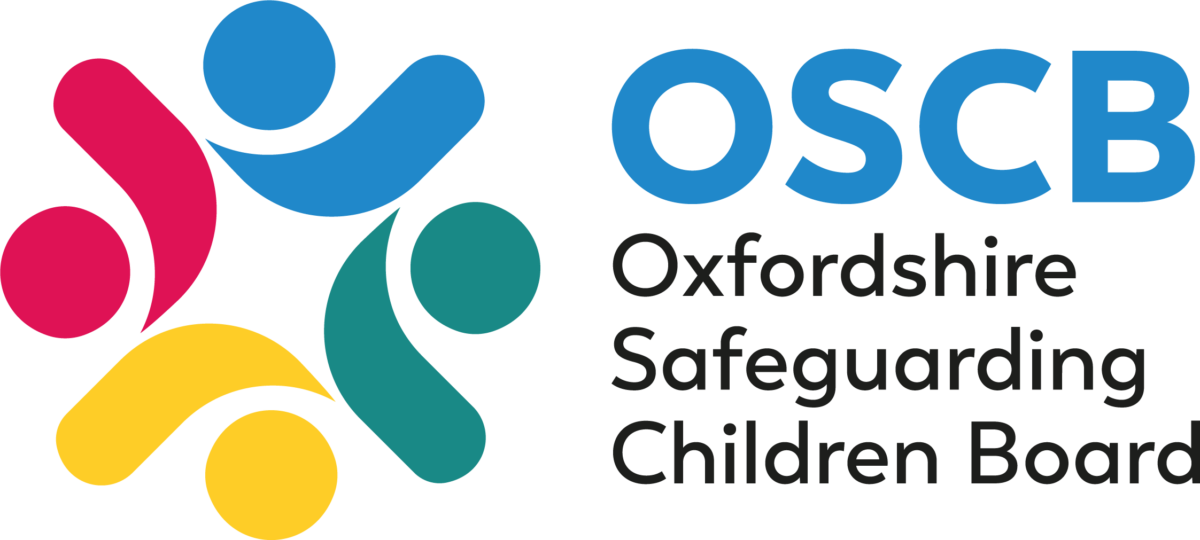Sexual Abuse
Sexual abuse involves forcing or enticing a child or young person to take part in sexual activities, not necessarily involving a high level of violence, whether or not the child is aware of what is happening. The activities may involve physical contact, including assault by penetration (for example rape, or oral sex) or non-penetrative acts such as masturbation, kissing, rubbing and touching outside of clothing. They may also include non-contact activities, such as involving children in looking at, or in the production of, sexual images, watching sexual activities, or encouraging children to behave in sexually inappropriate ways, or grooming a child in preparation for abuse (including via the internet). Sexual abuse is not sorely perpetrated by adult males. Women can also commit acts of sexual abuse, as can other children, Working Together 2018; Appendix A.
There are 2 different types of child sexual abuse. These are called contact abuse and non-contact abuse.
Contact abuse involves activities where an abuser makes physical contact with a child. It includes:
- sexual touching of any part of the body, whether the child is wearing clothes or not
- forcing or encouraging a child to take part in sexual activity
- making a child take their clothes off or touch someone else’s genitals
- rape or penetration by putting an object or body part inside a child’s mouth, vagina or anus.
Non-contact abuse involves activities where there is no physical contact. It includes:
- flashing at a child
- encouraging or forcing a child to watch or hear sexual acts
- not taking proper measures to prevent a child being exposed to sexual activities by others
- making a child masturbate while others watch
- persuading a child to make, view or distribute child abuse images (such as performing sexual acts over the internet, sexting or showing pornography to a child)
- making, viewing or distributing child abuse images
- allowing someone else to make, view or distribute child abuse images
- meeting a child following grooming with the intent of abusing them (even if abuse did not take place)
- sexually exploiting a child for money, power or status (child sexual exploitation).
Signs that MAY indicate sexual abuse include changes in:
Behaviour of the child
- Sexualised behaviour
- Behaviours signifying emotional distress
- Changes in usual behaviour and relationships
- Physical signs
- Physical signs which may be linked to the emotional impact of abuse
Behaviour of the people around the child
- Normalising inappropriate and sexual behaviours
- Developing an overly exclusive relationship with the child
- Controlling both children and adults in the family and their relationships with others
Environmental Signs
- Factors which increase the opportunities for abuse to occur
- Factors which increase the pressure on families and can undermine their ability to protect children
Centre for expertise on child sexual abuse: Signs and Indicators Template
It is also important to remember there may be no signs.
See NHS: Spotting signs of child sexual abuse for further information and guidance
Sexual abuse facts
- Most abusers are family members or well-known to those they abuse, with the abuse taking place in either the child’s home or that of the abuser.
- Research has shown that fewer than 10 per cent of children abused are abused by strangers.
- Studies of adult abusers have revealed averages of up to 380 crimes per offender.
Source: Barnardos
Childline
If a child or young person needs confidential help and advice direct them to Childline. Calls to 0800 1111 are free and children can also contact Childline online or read about sexual abuse on the Childline website. You can also download or order Childline posters and wallet cards.
NSPCC: Child sexual abuse
We don’t know exactly how many children in the UK experience sexual abuse. Sexual abuse is usually hidden from view. Adults in the child’s life may not recognise the signs that they are being sexually abused and the child may be too young, too scared or too ashamed to tell anyone what is happening to them.
However, there are a number of different sources of information which help build up a picture of the scale of abuse. This includes data from services which work with children and research into children’s and adults’ self-reported experiences of abuse. Research with 2,275 young people aged 11-17 about their experiences of sexual abuse suggests around 1 in 20 children in the UK have been sexually abused.
Findings from the data
- Concerns around sexual abuse have been identified for over 2,700 children in the UK who are the subject of a child protection plan or on a child protection register.
- Over a third of all police-recorded sexual offences are against children.
- Girls and older children are more likely to experience sexual abuse.
- The vast majority of children who experience sexual abuse were abused by someone they knew.
See here to download the factsheet
Getting help – What children tell us about accessing services after sexual abuse
Independent Inquiry into Child Sexual Abuse: The impacts of child sexual abuse – A rapid evidence assessment (Summary report)
Non-recent Child Sexual Abuse leaflet – NHS
The Truth Project: The Truth Project is giving people who experienced sexual abuse as children the chance to be heard, their input will help make meaningful recommendations to help prevent sexual abuse in the future. For more information please read ‘it’s time to be heard’ leaflet
Oxfordshire Sexual Abuse and Rape Crisis Centre
The NSPCC have launched a dedicated helpline for children and young people who have experienced sexual harassment or abuse at school, and for worried adults and professionals that need support and guidance.
To contact the NSPCC helpline, Report Abuse in Education, call 0800 136 663 or email help@nspcc.org.uk
